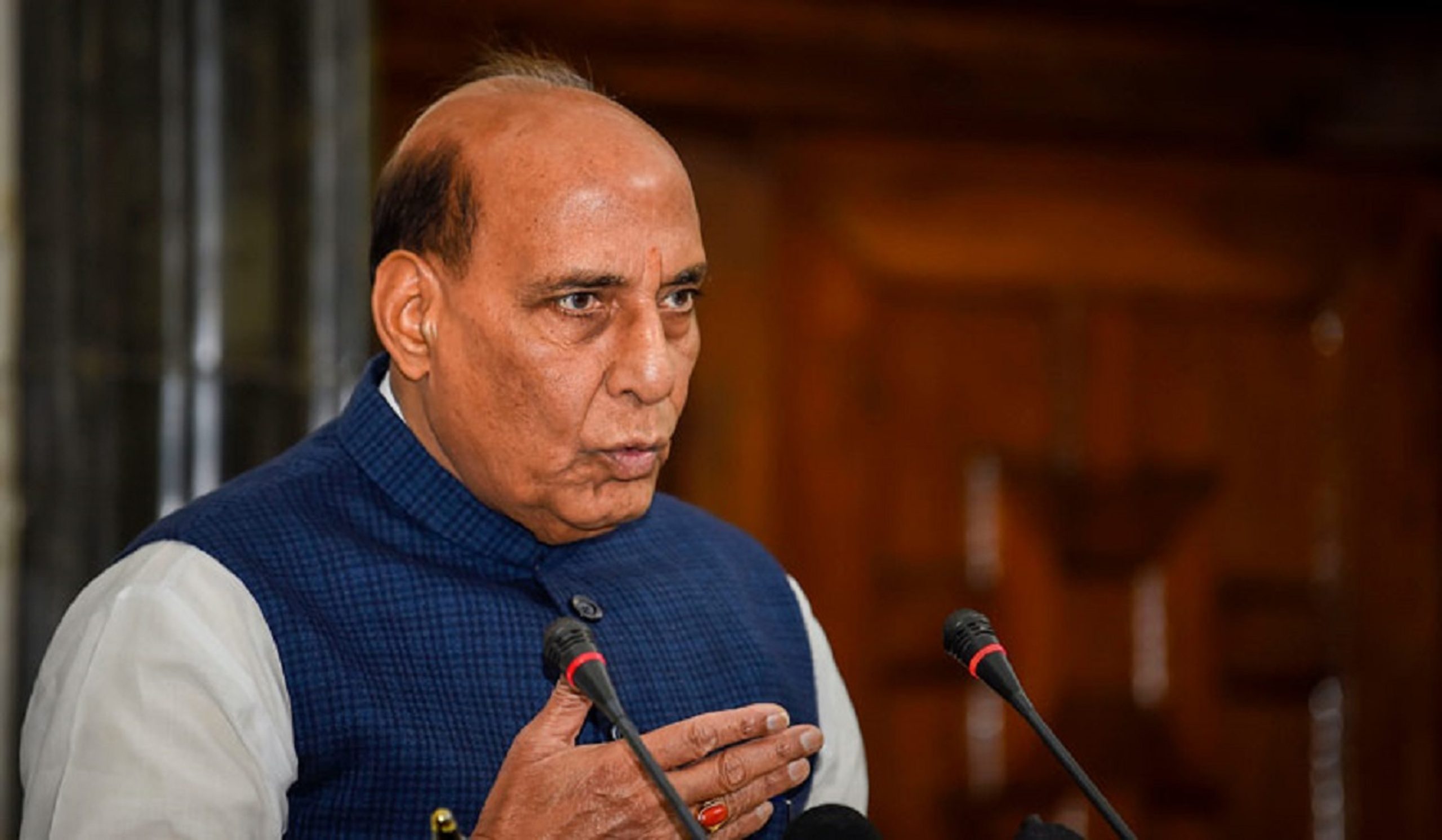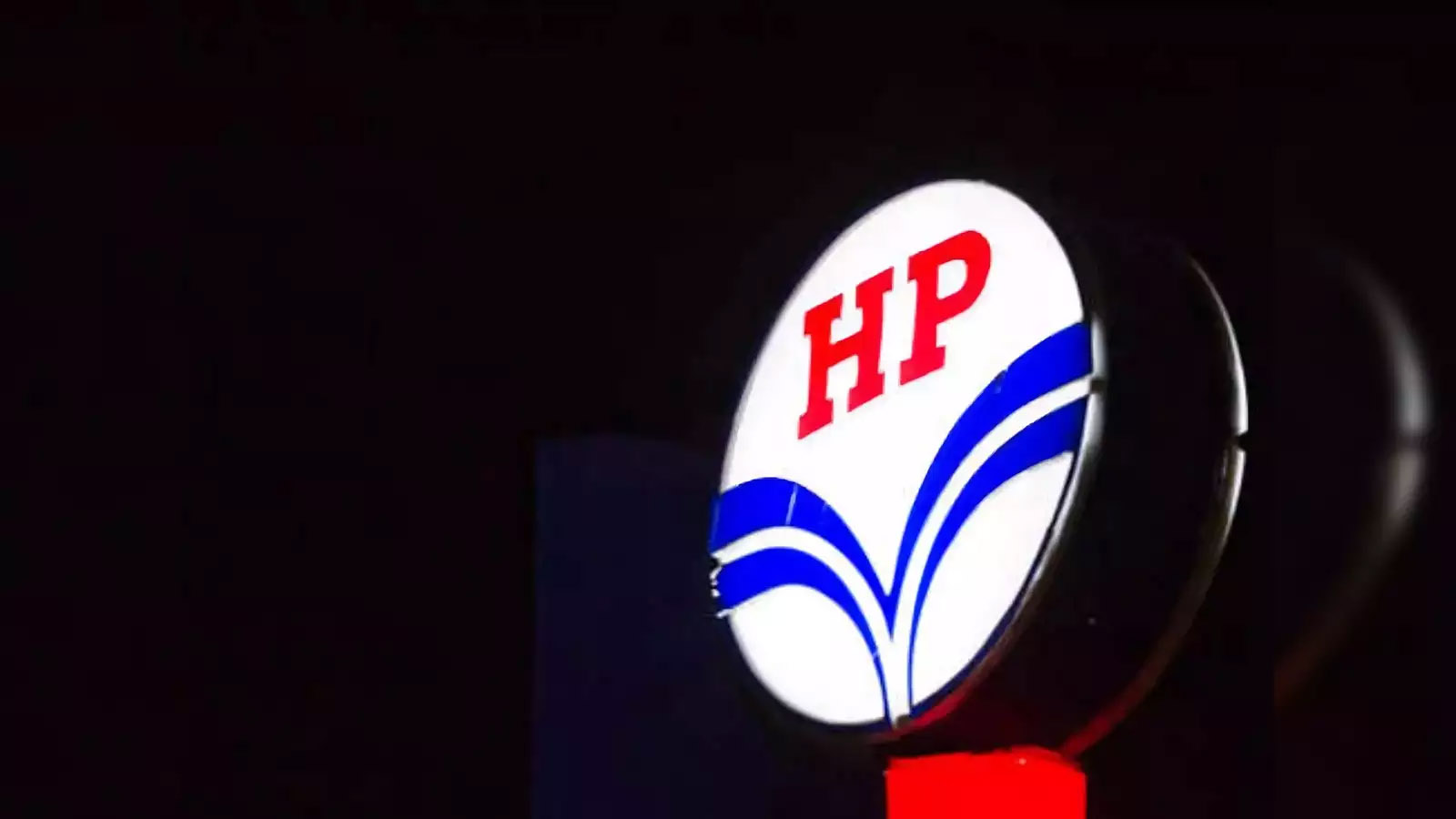by MJ Aslam
Celebrated North African Arab Traveller, Ibn Battutah lined virtually 75000 miles in 29 years throughout continents to put in writing a reputable fourteenth-century travelogue. It presents attention-grabbing particulars of how totally different societies and international locations noticed the Muslim month of fasting
Ramadan, the annual fasting by Muslims is likely one of the 5 fundamentals of Islam. It begins yearly with the sighting of the brand new moon on the twenty ninth day of Shaban, the ninth month of the Muslim lunar colander. How Ramadan and Eid ul Fitr have been noticed in medieval occasions by Muslims the world over?
For the reply, there doesn’t appear to be every other individual than fourteenth-century North African Arab traveller and Faqih (jurisprudent), Sheikh Abu Abdullah Mohammad, fondly often known as Ibn Battutah, extra correct in guiding our stroll via the a number of Muslim societies of his time in his travelogue, the Rehla.
After thirty years of journey of a number of international locations which began in June 1325, masking 75,000 miles of North West Africa, Egypt, Syria, Makkah and Madina, Southern Persia and Iraq, Southern Arabia, East Africa, and the Arabian Gulf, Asia Minor, Steppe, and the Constantinople, Turkistan and Afghanistan, North and South India, Maldives, Sri Lanka and Coromandel Coast, Bengal, Assam, South East Asia, China to Morocco, then Spain and Indonesia, and at last he reached again to Morocco in 1354. His accounts have been written down by a youthful author, Ibn Juzay, below the orders of the Moroccan king, Sultan Abu Inan.
The wealthy non secular and cultural traditions narrated by this best traveller of the medieval world are common amongst Muslim communities’ world over thus far. Within the absence of recent communication retailers, how the sighting of the crescent was communicated by the Muftis, Qazis, and the way the holy month of Ramadan and Eid have been noticed and celebrated within the medieval interval of Islam are price figuring out.
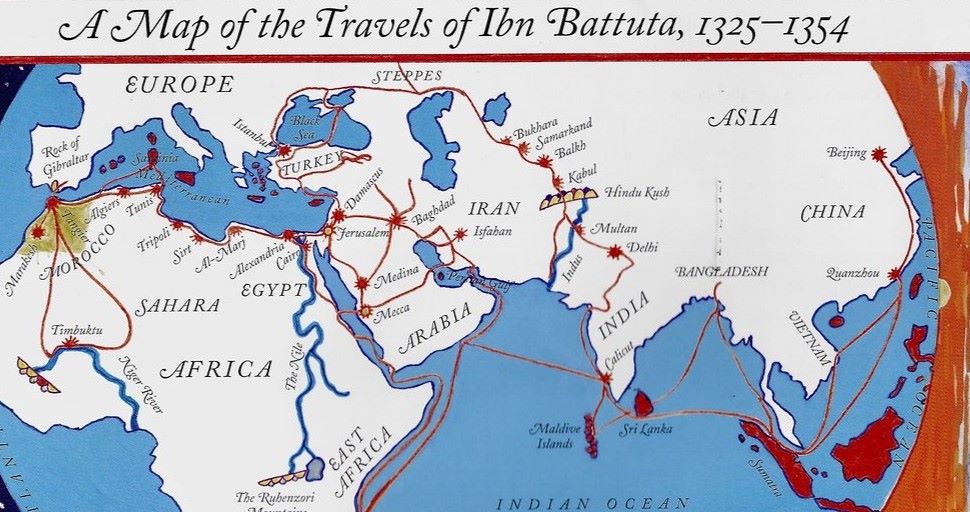
The Land of Kaaba
In 1325, he visited the Holy Kaaba and the Masjid-e-Nabvi in Madina. He discovered the Muslims of Makkah and from distant locations assembled to organize themselves for the approaching Ramadan proper from the center of Shabhan.
On the looks of the brand new moon of Ramadan, “the drums and kettle drums have been crushed on the home of the Amir of Makkah, and nice preparation was made within the Sacred Masjid by means of renewing the mats, augmenting the variety of candles and torches till the Sanctuary gleams with mild and glows, radiant and resplendent”.
The Mu’zin offers Adhan, the decision for prayers, and “the Imams kind separate teams (every with the followers of his ceremony), that’s to say, the Shahfis, Hanafis, Hanbalis, and Zaidis” recited the Qur’an in turns and the sunshine candles have been positioned in entrance of every Imam. They carried out particular prayers, Tarawih. There was not a nook or spot left within the Sanctuary but it surely was occupied by some Quran-reciter main a gaggle in prayer, in order that the mosque was “stuffed with a babel of readers’ voices, and all spirits are softened, all hearts wrung, and all eyes bathed in tears.”
When the time got here for taking the final meal (Sahar) earlier than dawn, the Mu’zin of Zamzum from the japanese angle of Kaaba gave the Adhan as he had “the responsibility of asserting Sahar (time to take meals) from the minaret by summoning, reminding, and urging all individuals to make their early repast, adopted by the muezzins on the remaining minarets.” On the highest of every of the 4 minarets, a crosspiece was erected at its head on which have been suspended two nice glass lanterns “saved alight (through the hour of the Sahar), and when the hour of daybreak approached, the warning to stop from consuming” was “issued time after time, the 2 lanterns have been lowered, and the muezzins start the decision to prayer, responding one to the opposite”. The “nice glass lanterns” have been saved for individuals who couldn’t hear the Adhan given for ending Sahar.
On each odd evening of the final ten days of Ramadan, the Imams “seal the Quran”, that’s, recite the entire of the Quran (Khatm e Quran]. On the looks of the Shawal moon, the lamps have been lit on all minarets, from high to backside, and the illustrious Sanctuary was illuminated with lights from all sides. The students, Qazi and notables, current within the Kaaba, have been invited by the Amir of Maaka, “to his home, the place he entertained them with an ideal number of viands and sweetmeats” on every of the odd nights of the final ten days of Ramadan when the Holy Quran was sealed by the Imams.
On the looks of the Shawal moon, the individuals would make preparations for the Eid celebration on the primary Shawal. After saying daybreak prayers (Fajar) in Kaaba, the individuals dressed themselves in “most interesting garments”. They arrived within the Holy Sanctuary in a soulful environment of aroma to supply congregational competition prayers [Eid Nimaz]. These practices continued every year.
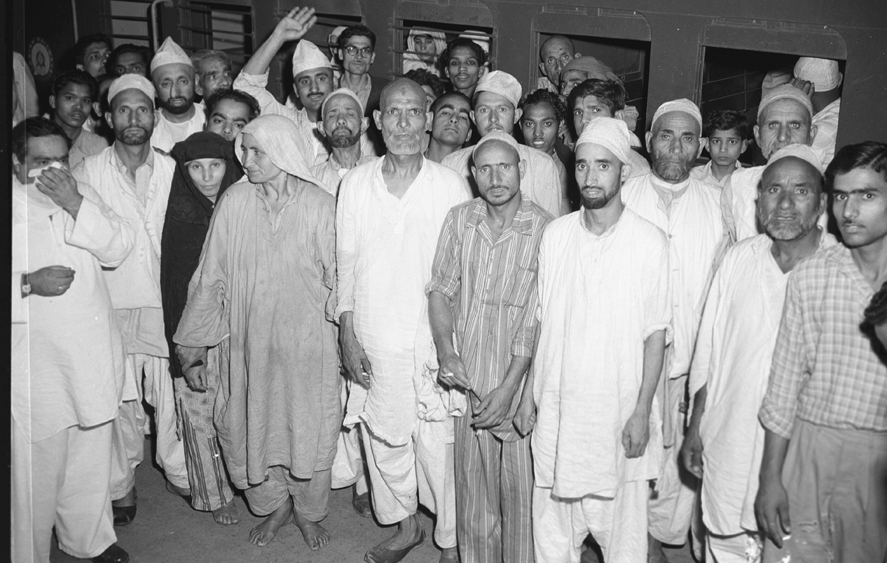
In Egypt
In 1326 CE, Ibn Battuta was at Abyar (Egypt). On the 29th of Shabhan, the Islamic students and notables, all sporting turbans and in nice garments assembled after the sundown prayers on the home of the Qazi of the city. A Naqib stood on the door of the Qazi’s home. He welcomed and guided the incoming company to take their seats within the corridor of the Qazi’s home.
The Qazi and the company then rode off in a procession, adopted by males, ladies and youngsters of the city, and made their option to a spot of eminence exterior the city, effectively furnished with rugs and carpets, which was known as by them Observatory of the Crescent Moon, one thing resembling the now-established Ruet e Hilal Committees. The Qadi and different students alighted from their horses and camels to watch the brand new moon. The Cavalcade was outstanding by candles, torches and folding lanterns.
After observing the moon, the individuals returned to the city and accompanied the Qazi as much as his home. The shopkeepers saved lighted candles. This observe of sighting the crescent was accomplished every year by the residents of the city, information Ibn Battuta.
In Turkey
In 1331, Ibn Battuta was within the metropolis of Akridur (Egirdir in fashionable Turkey) and through the month of Ramdhan, Abu Ishaq Bak, the sultan, invited Islamic students and notables for quick breaking (Iftar] to his palace the place he most well-liked to sit down on the carpet unfold over the ground, as a substitute of on a royal sofa, and would take heed to the soulful recitation of the Quran from the reciters. Then, the meals was introduced in and the primary dish with which the quick was damaged was tharid (Arab delicacies of bread-coup), which was served on a small platter and topped with lentils soaked in butter and sugar. Taking Tharid has been the blessed custom of the Holy Prophet [PBUH].
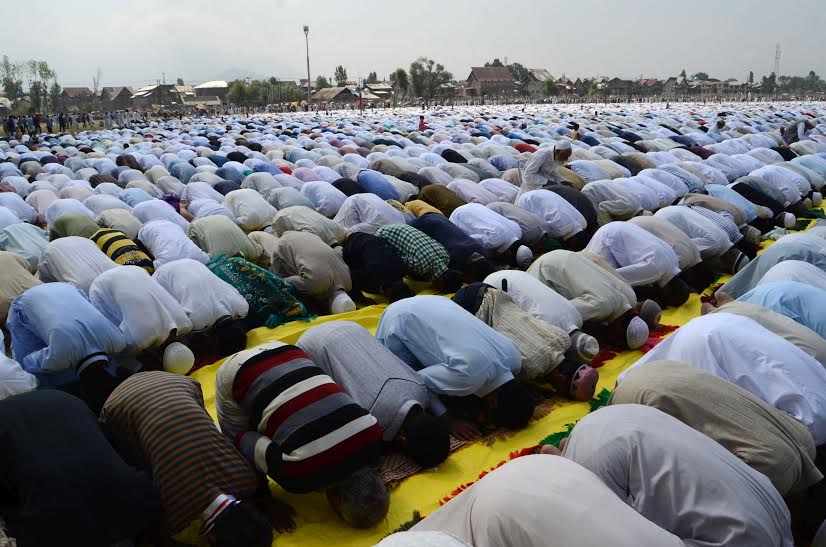
After Tharid, different dishes have been introduced in and this was accomplished on all nights of Ramadan. The Amir of one other metropolis Denizli of recent Turkey too was beneficiant with students and his topics. On Eid day, Ibn Battuta recounts, the Sultan got here to wish within the Musaala. It could be seen right here that for the 2 annual competition prayers, which your complete inhabitants was anticipated to attend in all Muslim societies, the strange mosques have been too small, and it was customary then to carry them on a particular plot of floor, known as the Musala, often exterior the partitions of the masjids.
Musala is the praying floor the place Muslims assemble on the times of two annual festivals Eid ul Fitir and Eid ul Adha for Eid congregational prayers. Within the Indian subcontinent, it is named Eid Gah, often exterior town, whereas the phrase Mussala refers to a small prayer mat utilized by every worshipper. Attending Eid prayers at Eidgah is the Prophetic Sunnah.
The teams of individuals carrying flags, and drums, and chanting Kalimat, arrived on the Mussala for prayers. The meat and different foodstuffs have been distributed among the many individuals. Then, at Amir’s residence, the company, students, wealthy and poor have been served a feast of fast-breaking. Nobody was turned again from the door of the Amir.
Uzbik Sultans throughout Ramadan served the company cooked goat’s meat, rishta, which is a type of macaroni cooked and supped with milk.
In 1332, Ibn Battuta was within the metropolis of Bulghar (an historical metropolis of recent Volga Bulgaria) the place he had the Tarawih prayer of Ramadan.
In Tunis
Ibn Battuta was in Buna city (the place Caserne Saussier was constructed later in 1835) of Tunis in 1325 the place he encountered an incident precisely which the trainer of his up to date, Ibn Juzay, has met at Ballash (Velez) metropolis of Andalus, fashionable international locations of Spain and Portugal, which have been dominated by Muslims then.
Ibn Juzay narrated to him that his trainer had gone to the competition praying floor with all of the individuals of Ballash, and when the prayer and allocution have been completed, all of them started to trade greetings with each other, whereas he remained aside, with out anybody to say a phrase of greeting to me. Then an previous man, one of many inhabitants of this city, made in direction of him and got here as much as him with a greeting and pleasant welcome saying: “I checked out you and noticed that you simply have been standing other than all of the others, with nobody to greet you, so I knew that you simply have been a stranger, and thought I might say a pleasant phrase to you”.
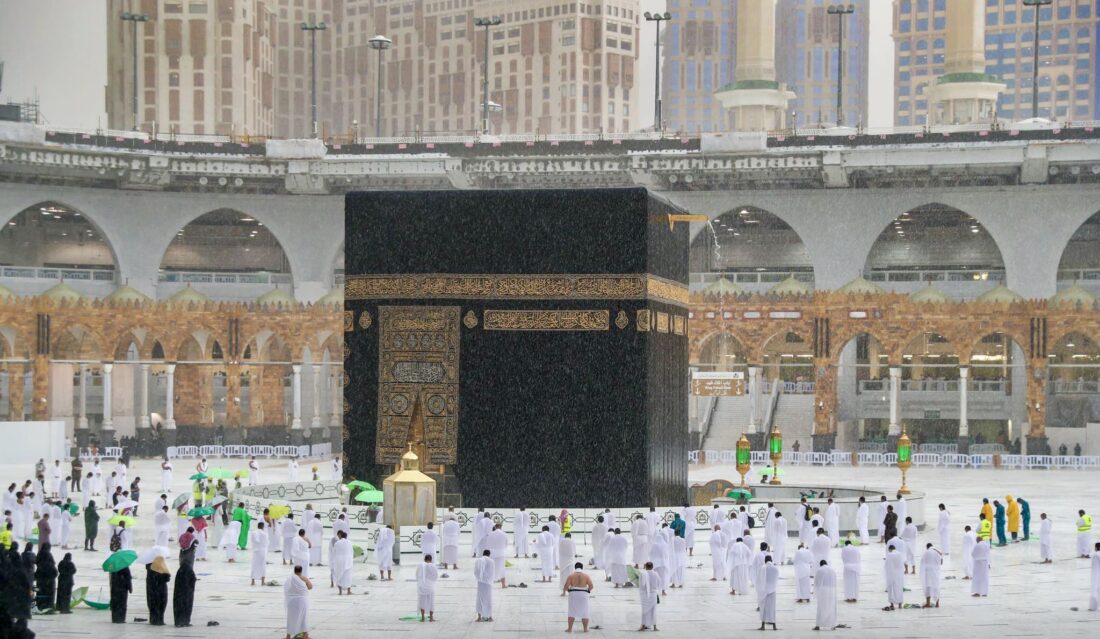
It was among the many wealthy traditions of Muslims to greet one another every day in all societies and the zeal was doubled of festivities. The strangers too have been greeted with pleasant phrases. Abu Yahaya (1311-1346) was Sultan of Tunis when Ibn Battuta arrived there. Whereas he was nonetheless in Tunis, he was overtaken by the feast of the Eid competition.
Sultan Abu Yahaya arrived in a powerful caravan along with his courtiers on the Mussala the place the inhabitants of town in massive numbers had already assembled of their richest apparels to rejoice the competition. He too joined the corporate on the Musalla. The prayers have been stated and allocution (Khutba) was discharged. The individuals greeted one another earlier than returning to their residences. It’s a common customized amongst Muslims to rejoice Eid festivals with nice animation and gaiety and placed on new garments for the event.
In Syria
In July 1326, he left Cairo (Egypt) for Syria and after travelling via historic cities of Syria together with Ghazza and Aleppo, he was in Damascus within the holy month of Ramadan in August 1326. In his personal phrases: “It is likely one of the laudable customs of the individuals of Damascus that not a person of them breaks his quick through the nights of Ramadan totally alone. These of the standing of amirs, qadls and notables invite their pals and (a number of) faqirs to breakfast at their homes. Retailers and substantial merchants observe the identical observe; the poor and the nation people (Bedouins) for his or her half assemble every evening in the home of one among their quantity or a mosque, every brings what he has, they usually all breakfast collectively”.
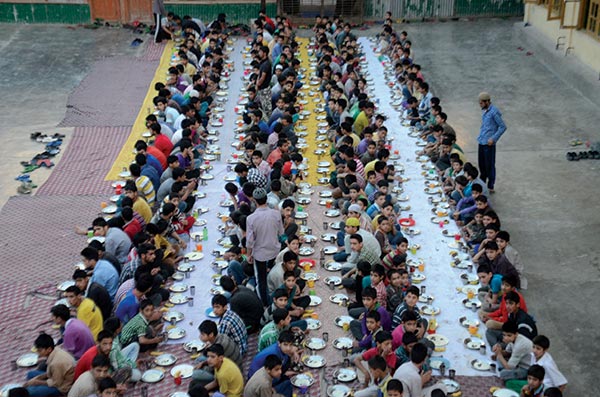
Ibn Battuta was taken to his personal home by a famend Maliki scholar, Nur ud Din, for Sahur throughout Ramadan telling him “contemplate my home as your individual, or as the home of your father or brother”. Ibn Battuta fell sick throughout Ramadan and Nur ud Din attended to him and introduced a physician for his remedy and he celebrated Eid ul Fitir at his residence. He attended Mussala of Damascus which was inbuilt 1318 by Saif ud Din, brother of Salah ud Din Ayubi.
In India
Ibn Battuta was in India for six years from 1333 and acted as Chief Qadi within the court docket of Mohammad Bin Tugluq. He recorded that there have been tanks, and water reservoirs, constructed by Sultan Altumush (d 1236), in Mehrauli which have been utilized by inhabitants for ingesting water and close to to the tanks was Mussala. There’s a well-known tomb of saint, Qutub ud Din Bakhtiyar Kaki, the disciple of saint, Mohi ud Din Chisti, in Mehrauli. There lived additionally musicians round this space which was known as Tarab Abad.
Throughout Ramadan, he witnessed nice enthusiasm among the many individuals together with the musicians to attend Tarawih prayer after Imam within the Mussala. Every one of many musicians, he noticed, “had a prayer mat below his knees, and on listening to the Adhan rose, made his ablutions and carried out the prayer”.
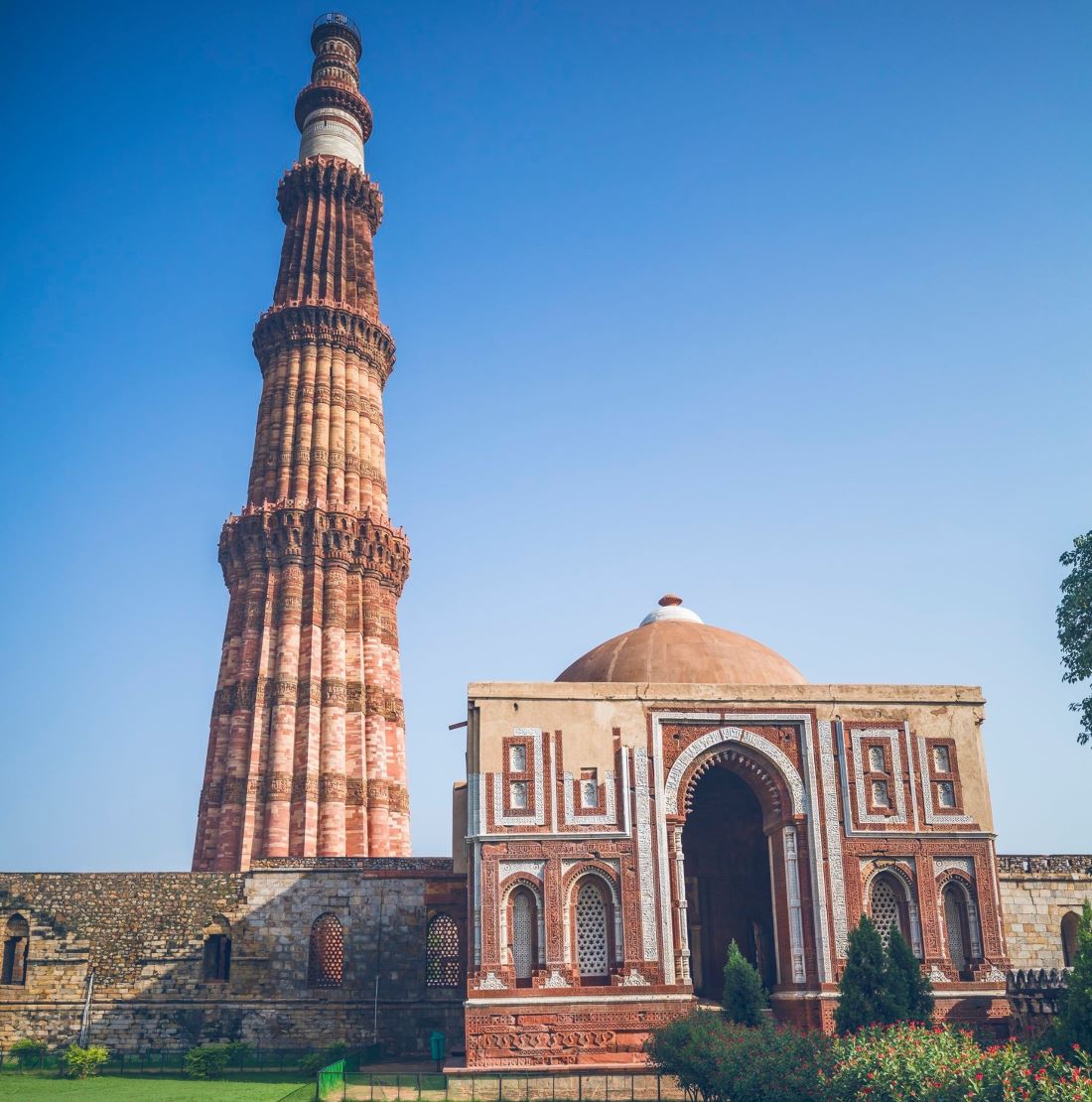
On the event of Eid, it was observe on the a part of the Sultan to ship robes of honour to Maliks, courtiers, officers of the State, overseas dignitaries known as Aziz, naqibs, muzins, qadis, slaves, couriers and all of the elephants of royalty have been adorned with silk, gold, silver, jewels and treasured stones. Whereas marching in direction of Mussala for Eid prayers, the slaves and the Naqibs walked on foot in entrance of the Sultan, with flags, drums, trumpets, bugles and pipes, they usually wore nice outfits, caps and girdles adorned with gold. The usage of drums, trumpets, bugles and pipes was an adaptation of the Hindu Rajas cultural custom by Sultans of Delhi.
All devotees together with Muzins whereas marching to Mussala recited Allah u Akbar, Allah u Akbar, in a soulful rhythmic tone. A marquee of cotton was unfold over the Mussala which was adorned with carpets. The Imam would then lead the Eid prayers and ship the Khutba within the Mussala, which was attended by the Sultan and students and notables too.
After Eid prayers, the inhabitants returned to their houses and an ideal feast was served to nobles in an viewers corridor of a big tent, known as Barka, by the Sultan and the palace and pavilions have been effectively adorned in a number of colors.
Ibn Battuta has recorded that on Eid festivals, he ready “100 mounds” of meals for the poor. At Dawlat Abad (in present-day Maharashtra) which was the momentary capital of Delhi Sultans, Ibn Battuta information, there have been mosques as in Delhi the place Imam held Tarawih prayers throughout Ramadan.
At Kolam (Kerala), the Muslims recited the Quran in masjids throughout Ramadan and attended congregational prayers on Eid in Mussala.
In 1334 at Maldives, Ibn Battuta witnessed the identical non secular zeal among the many Sultan and Muslims throughout Ramadan. From Cairo (Egypt) to Turkistan, Mali (Indonesia), Sind to Hind, the customized of observing the quick of Ramadan and celebration of Eid festivals was uniform with the identical non secular fervour. On these particular events of Ramadan and Eids, the Sultans, everywhere in the Muslim world fed the individuals of their international locations, clothed and fed, and he seen that the Sultan of Mali distributed Zakat on the twenty seventh of Ramadan (Shabi Qadar] to the Qadis, students and Fuqha, poor and destitute, says Ibn Battutah. Based on Ibn Khaldun, the Muftis, like different Muslim students of Islam, weren’t usually rich.
A point out of dates
Breaking the Ramadan quick with dates is an Islamic Custom. Phoenix dactylifera or date palm tree doesn’t develop in Kashmir. The fruit of the date palm, Kha’ir, is, with out exception, utilized by all Muslims the world over in Ramadan. There doesn’t appear to be proof that Kashmiri Muslims have been used to the breaking of the Ramadan quick, at Iftar with dates.
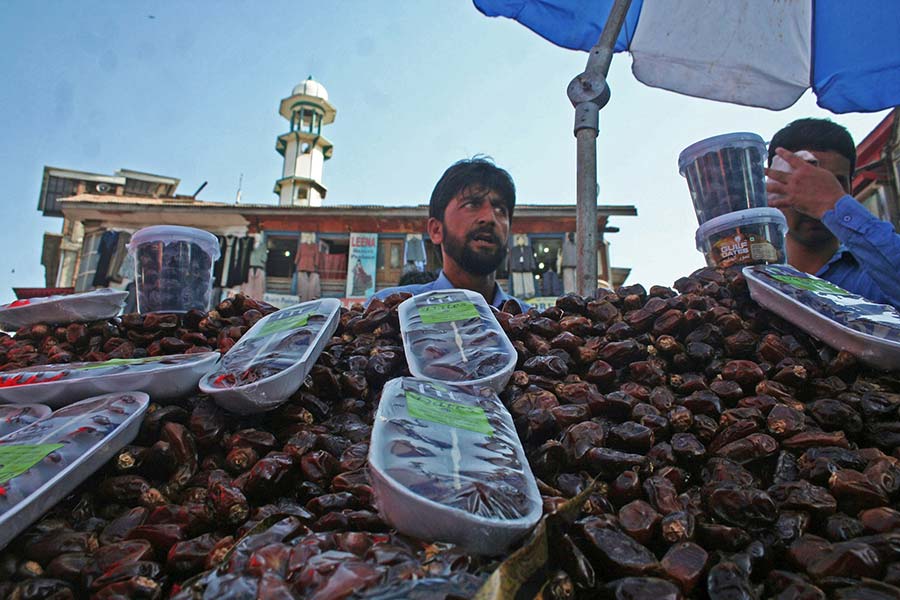
The dates have been and are cultivated in Makran coast, Baluchistan, Punjab’s Multan, Dera Ismail Khan of KPK, Muzzzafargarh and Sind of Pakistan. Earlier than partition, these dates have been exported to Leh the place they have been largely transported to Yarqand and Lhasa Tibbet. A small amount of the dried dates from the United Punjab would additionally discover its means into Kashmir within the late nineteenth century. The perfect of the dates all the time have been cultivated within the Arabian peninsula, Basrah, Bahrain, and Oman, and on file, massive portions of dates have been imported to India from Oman previously. North Africa and the Sahara have been and are additionally famed for the cultivation of date palms.
The importance of dates in Islam and Muslim cultures will be gauged from the very fact that there’s a reference to dates in 20 locations within the Holy Quran. Underneath the Sunnah of the Holy Prophet (PBUH), it is much better to do Iftar with dates. “When one among you is fasting, he ought to break his quick with dates; but when he can’t get any, then (he ought to break his quick) with water, for water is purifying” (Hadith).
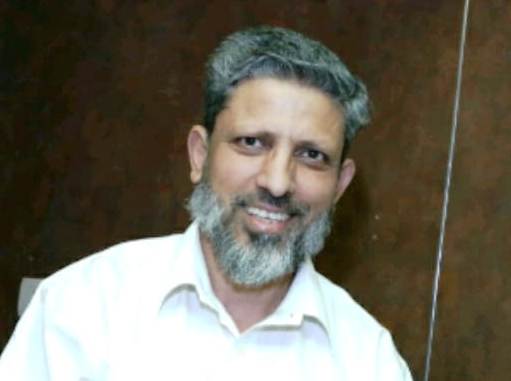
Iterating, the dates although have been imported to Kashmir previously from the United Punjab earlier than partition, there’s not a lot proof that it was a observe among the many Kashmiri Muslims to interrupt their quick with dates in Ramadan. As the notice about Islamic Traditions, commerce with the skin world and journey to Muslim international locations particularly Makkah and Madina of Saudi Arabia for Hajj and Umrah, progressed and elevated within the valley over the previous a long time, the Islamic custom of breaking quick with dates grew to become a everlasting characteristic of the Dastarkhan at Iftiyari in Muslim houses and masjids of Kashmir.
Numerous kinds of dried and contemporary dates in stunning packages and even within the open, with various prices relying on the standard, now available in every single place, are adorning all of the identified bazaars of Kashmir through the Holy month of Ramadan.
There’s nice significance of dates within the Holy Scriptures of all Abrahamic religions of Islam, Judaism and Christianity.
(MJ Aslam is a historian and writer.)
#Ibn #Battutahs #Glimpse #Medieval #Ramadan #Traditions
Kashmir Tourism
Kashmir News
Source Link

